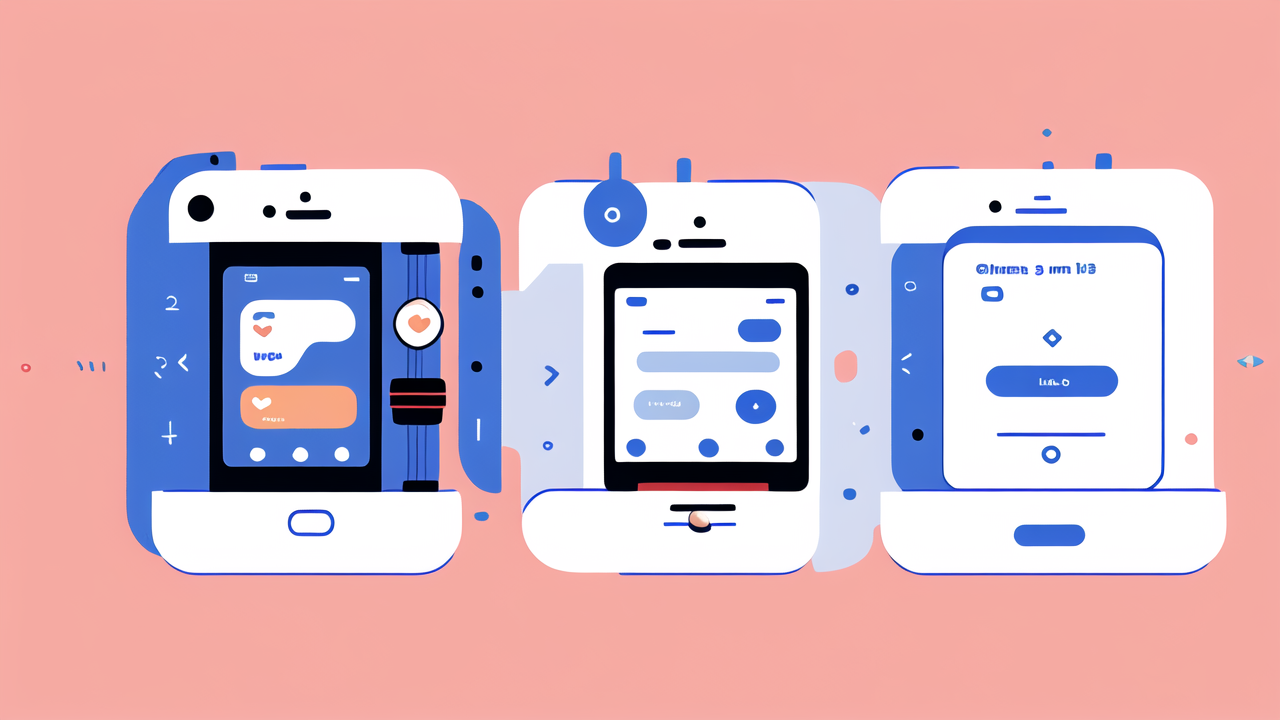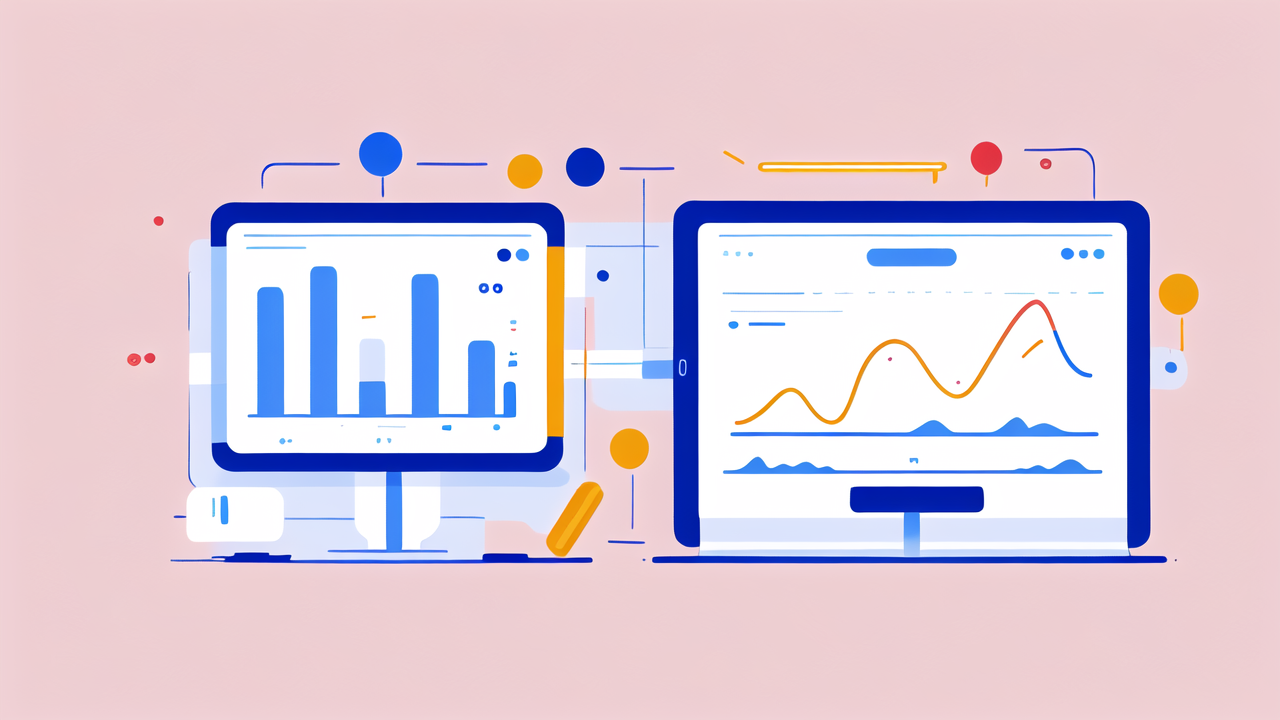The Evolution of Wearable Technology in Healthcare
The inception of smart bandages
Smart bandages marked the start of wearable health tech. They began as simple devices to track wounds. Over time, they grew more advanced. Early versions could only detect infection. Now, they can monitor healing and deliver medication.

These bandages use sensors to collect data. They can measure temperature, pH levels, and other vital signs. This info helps doctors make better choices for patient care. Smart bandages have come a long way since their early days.
They now play a key role in remote patient monitoring. This is especially helpful for those with chronic wounds. Patients can get care at home, reducing hospital visits. The tech keeps improving, promising even better health outcomes.
Advancements in smart technology integration
Smart tech has grown by leaps and bounds in recent years. Wearables now offer a wide range of health tracking features. They can monitor heart rate, sleep patterns, and activity levels. Some even track stress and mental health.
Integration with smartphones has made data more accessible. Users can view their health stats anytime, anywhere. This has led to more people taking charge of their well-being. Apps now offer tips based on personal data.
The rise of AI has made these devices even smarter. They can now predict health issues before they become serious. This proactive approach is changing how we think about healthcare. It's moving from treatment to prevention.
Regulatory impact on wearable health devices
The FDA has played a big role in shaping the wearable health market. They've set rules to ensure these devices are safe and effective. This has given consumers more confidence in using them. It's also pushed companies to improve their products.
Regulations have also addressed data privacy concerns. Users now have more control over their health info. This has been crucial in building trust in wearable tech. It's allowed for wider adoption in healthcare settings.
However, some say regulations can slow innovation. Finding the right balance is an ongoing challenge. As tech advances, rules must keep pace. This ensures that new devices are both innovative and safe.
Key Features of Smart Bands in Health Monitoring
ECG monitoring and arrhythmia detection
Smart bands now offer ECG monitoring. This feature tracks heart rhythms in real-time. It can detect irregular heartbeats, known as arrhythmias. This early warning system can be life-saving for many users.

The tech works by sensing electrical signals from the heart. It then analyzes these signals for any abnormalities. If it spots something wrong, it alerts the user. This allows for quick medical intervention if needed.
Many doctors now use this data to help diagnose heart conditions. It provides a more complete picture of a patient's heart health. This feature has made smart bands invaluable tools in cardiac care.
Blood oxygen and glucose tracking
Blood oxygen tracking has become a standard feature in many smart bands. It measures the amount of oxygen in your blood. This is crucial for those with respiratory issues. It's also useful for athletes monitoring their fitness levels.
Glucose tracking is newer but growing fast. It's a game-changer for people with diabetes. These devices can track blood sugar levels without needle pricks. This makes managing diabetes much easier and less painful.
Both features provide vital data for overall health assessment. They help users and doctors spot trends and potential issues. This leads to better-informed health decisions and improved outcomes.
Automated data analysis and personalized insights
Smart bands collect tons of data. But raw data alone isn't very useful. That's where automated analysis comes in. It turns numbers into actionable insights. This helps users understand what their data means.
The analysis looks at patterns over time. It can spot trends that might indicate health issues. For example, it might notice a gradual increase in resting heart rate. This could signal stress or an underlying condition.
Personalized insights take this a step further. They offer tailored advice based on individual data. This might include suggestions for diet, exercise, or sleep habits. It's like having a personal health coach on your wrist.
The Future of Health Wearables in the US Market
Innovations on the horizon
The future of health wearables looks exciting. We're seeing new sensors that can track even more health markers. Some can measure hydration levels or detect specific proteins in sweat. These could help diagnose diseases earlier.

Wearable patches are becoming more advanced. They might soon replace traditional medical devices. Imagine a patch that can continuously monitor blood pressure. Or one that delivers medication based on real-time body readings.
Brain-computer interfaces are another frontier. These could help people with disabilities control devices with their thoughts. They might also offer new ways to treat mental health conditions. The possibilities seem endless.
Challenges and opportunities in the wearable health technology sector
The wearable health tech sector faces several challenges. Data accuracy is a big one. Ensuring devices give reliable readings is crucial. There's also the issue of user adoption. Many people still find wearables too intrusive or complicated.
Privacy concerns remain a hurdle. As devices collect more data, protecting it becomes more important. Companies must balance innovation with strong data security measures. This is key to maintaining user trust.
Despite these challenges, opportunities abound. The aging population creates a huge market for health monitoring. There's also growing interest in preventive healthcare. Wearables are perfectly positioned to meet these needs.
The impact of AI and IoT on smart bands
AI is revolutionizing how smart bands process data. Machine learning algorithms can spot patterns humans might miss. This leads to more accurate predictions and personalized advice. AI can also help filter out noise from real health signals.
The Internet of Things (IoT) is making smart bands more connected. They can now sync with other devices in our homes and offices. This creates a more complete picture of our health and environment. It also allows for better integration with healthcare systems.
Together, AI and IoT are making smart bands smarter than ever. They're turning these devices into powerful health management tools. As these technologies advance, we can expect even more impressive features in the future.




Leave a comment
This site is protected by hCaptcha and the hCaptcha Privacy Policy and Terms of Service apply.